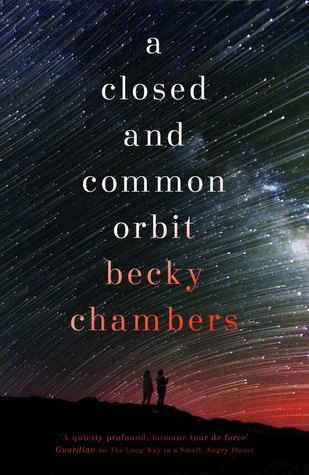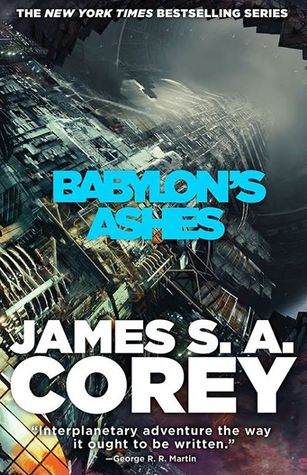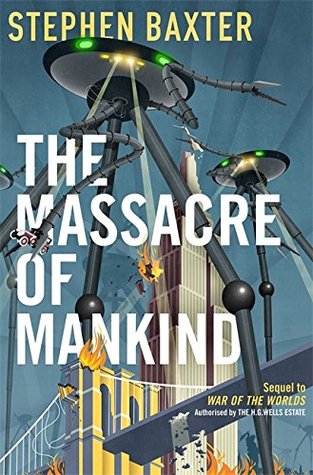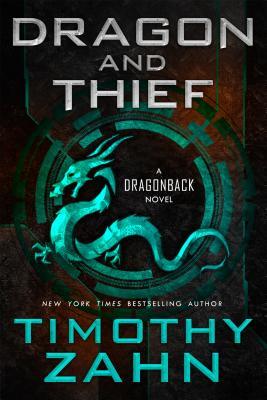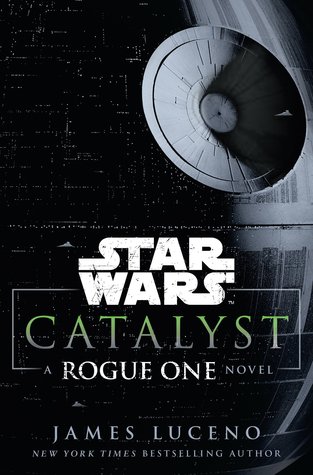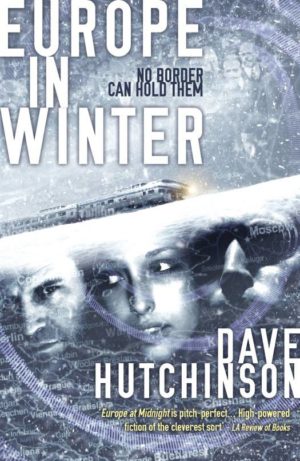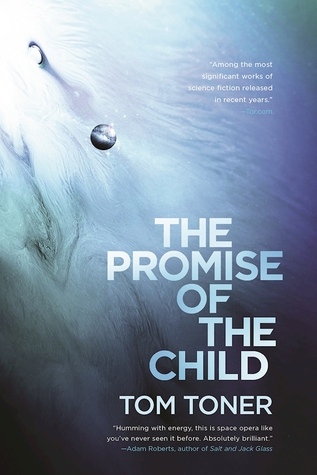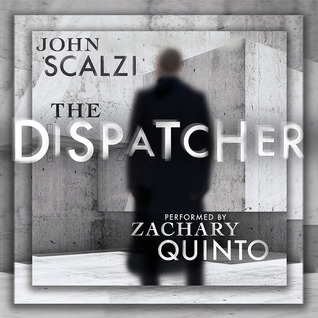Great science fiction addresses the concerns of the author’s times and A Closed and Common Orbit by Becky Chambers is no exception. Following on from the acclaimed, and originally self-published, The Long Way to a Small, Angry Planet, this is the story of an AI coming to terms with its identity. The ship in Chambers’ debut was called the Wayfarer and its artificial intelligence was Lovelace. Lovey wakes up in a physical, humanoid body in a world of aliens and varied cultures that she now must negotiate without access to all of the knowledge. Meanwhile, we’re introduced to Jane 23, a 10-year-old who is working in a scrap recovery factory. It’s a horrendous life. With the rest of the Jane’s she lives a harsh existence controlled by the AI Mothers. Jane 23 becomes the human who is helping Lovey adjust to her new life. The novel is told in two time-streams. Pepper – the name Jane 23 has taken for herself – who is a mechanic and streetwise fixer, and her artist friend Blue are looking after the new physical Lovelace. This alternates chapter by chapter with Jane 23’s early life as she escapes from the factory and finds shelter…
The Expanse has become one of my favorite series in recent years, and it is no exaggeration to say that it has only gotten better with every new book. Of course, the one problem with this pattern is that it works much like gravity—what goes up must come down, after all. And yet, I say this doesn’t necessarily have to be a bad thing. In fact, I’d argue that after a major plot event, it’s important to dial things back a bit in order to let your characters regroup, refocus, and rebuild (not to mention give time for the reader to digest the latest bombshell) and this is exactly the way I would describe the circumstances surrounding Babylon’s Ashes. This sixth installment of the series is the immediate follow-up to Nemesis Games, directly addressing the events that happened in that book, so I would strongly recommend catching up before reading this review or others to avoid possible spoilers. If you’ve read the last novel though, then you’ll know that a new villain has come onto the scene in the form of the Free Navy, a violent group of rebels fighting in the name of Belters (a term that describes people…
They don’t give up, those Martians. Both in fiction and in our cultural consciousness, HG Wells’ invaders from Mars are persistent. Stephen Baxter now carries the torch in The Massacre of Mankind; the official sequel to The War of the Worlds, some 119 years later. Wells’ novel, published in 1898 was actually set in 1907. Baxter brings us at first to 1920. The Martians are long gone, but there are some familiar green flares seen coming from Mars… Meet Julie Elphinstone. A suffragette and journalist who is the sister-in-law to the original novel’s narrator. The story is told from a number of different perspectives, as reported to Julie at some time later than the events of the plot. England has moved on from the original attack, and is almost a dictatorship. The Great War hasn’t happened. The left Martian technology has changed the world. But now, the Martians are coming back and not just 10 cylinders this time. And they’ve learned their lessons about earthly bacteria. Again, the first wave lands in England; north west of London this time. They aren’t here to destroy, but to farm. They bring with them humanoid Martians and also semi-aquatic Venetians (who, I wonder,…
I do love when publishers decide to re-release older books in order to make them available to a new audience, and when I heard about Dragon and Thief, a book originally published in 2003, I thought I’d give it a try. I’m embarrassed to admit I’ve never read Timothy Zahn before, and this seemed like a great opportunity. Dragon and Thief is the first in the Dragonback series, and I’m assuming if this does well, Tor will continue to publish the series. My reaction in three words? Cute and charming. Although I have seen the “young adult” moniker floating around, I feel this book falls firmly in middle grade territory, and I wouldn’t hesitate to recommend it to kids ages ten and up. Which was slightly problematic for me, because this story felt very young. There is absolutely no swearing, very little violence, and the dialog felt a bit old-fashioned to me (Jack uses expressions like “I will be dipped in butter” a lot). These things aren’t bad, don’t get me wrong, I’m just saying perhaps I wasn’t the best audience. But despite that personal drawback, Dragon and Thief is full of cool ideas, interesting relationships, and best of all,…
“Never sell a cure when you can sell a treatment,” says one of the more unpleasant pharmaceutical executives at the center of Dan Wells’s new novel, Extreme Makeover. “A magical lotion that protects you from heart disease is great for you, but then what do we sell you in the next fiscal quarter?” This sort of cynical thinking is at the core of this very enjoyable novel, often operating in the classic social-satire mode of science fiction. A book about the destructive impact of short-sighted corporate greed is, of course, gunning for both a worthy and a slow-moving target, and if Extreme Makeover doesn’t say anything we don’t already know about the destructive power of unchecked capitalism, it provides an entertaining and clever scientific premise to justify its potshots. The story centers around the pharmaceutical and cosmetic company, NewYew, and its underachieving and underappreciated head scientist Lyle Fontanelle (who, if you doubt his nerd creds, wants to change his business cards to read “Chief Science Officer”). Fontanelle may be the perpetual office whipping-boy, and a socially-awkward older man who pathetically moons after his college-aged intern, but when it comes to science, he’s the real deal. He’s developed a new anti-aging skin cream that he believes…
It’s no secret I’m very excited for Rogue One this winter. While the movie can’t come soon enough, in the meantime I thought I would whet my appetite with the prequel novel that’s meant to portray events that take place in the preceding years. In case you’re wondering whether you need to read Rogue One: Catalyst before seeing the movie though, the answer is: Only if you want to. Like most Star Wars novels in the expanded universe, I would not consider it required reading, and might even recommend against making this your first Star Wars novel if you’ve not read any before. But if on the other hand you’re the kind of “big picture” reader who appreciates a good background story, then this book will likely put some of the movie’s events into context and enrich your experience when you watch it. Opening soon after the end of Episode II: Attack of the Clones and into the early years of the Clone Wars, Catalyst tells story of Galen Erso and Orson Krennic, both of whom will be featured in the upcoming film. A long and complicated history exists between the two men, and James Luceno seeks to explore this…
The fractures are becoming kaleidoscopic in the third instalment of the Fractured Europe sequence. University intelligence man Rupert is now settled in Europe and working as an agent for Rudi; former chef Rudi is trying to work out who is behind a string of terrorist attacks; and who knows what the Community – or the Coureurs – are really up to… Be warned, this is not a book you can make any sense of without having read the previous 2 instalments (Europe in Autumn and Europe at Midnight). If the first two novels in the Sequence were companion volumes exploring post-EU Europe and the mysterious Community, Europe in Winter embraces the brave new world of open borders. The action – and there’s a lot of it – is split between Rudi, still doggedly trying to work out what the hell is going on, and a string of new (largely one-shot) characters who introduce us to the various new developments first hand. We begin with a disaster: an attack on the Line that cuts the belligerently transcontinental railway somewhere just north of Kazakhstan. We see it first hand, but we get no clue to motive – or to who is behind it. Other operations follow thick…
In my ongoing search for fiction with diverse settings and characters, I was excited to be offered a review copy of Rosewater from the wonderful folks at Apex Books. One of the reasons I like to read fiction from smaller publishers is that they have more freedom to publish books that might not fit the constraints of larger publishers. This means that much of what Apex publishes is fresh and original and edgy. Rosewater is a perfect example of this. It’s a beautifully written alien invasion/first contact story that isn’t afraid to break the rules of story format, and its African setting makes it perfect for those readers seeking diversity. This book is complex, and you will need to have patience while reading it. But that said, it’s an extremely satisfying read that ends on a (sort of) hopeful note, and left me with questions that I will be thinking about for days to come, no doubt. The story takes place in Nigeria, in a small town near Lagos called Rosewater. Rosewater has sprung up around an odd alien domed structure that residents call Utopicity, where once a year, a split in the dome opens up and fills the air…
Most novels come with expectations, but when I began reading The Promise of the Child by Tom Toner I had none, expect maybe wondering who the child was going to be and why it had been promised. This is a debut novel by Toner and set in the far future, but when the opening quotes come from Byron and Wilde and the prologue begins in 1319 Prague, my curiosity was piqued. The plot, as it sprawls over 500 pages, is complex and shouldn’t be summarised for the new reader. There is plenty to discover and the best way is simply to read it. The story follows numerous threads and characters through journeys both large and small. The main actor is Lycaste. He lives in the far future, on what is now called the Old World. He has an unrequited love despite being a renowned beauty, but must face greater battles ahead. He is our everyman that we see Toner’s world through. Sotiris Gianakos is 12,000 years old, from Cyprus. His sister has recently died and he is facing grief. This is the story of their coming together, and how they change each other’s lives. So far, so not very science…
The Dispatcher by John Scalzi may be short, but the concept behind it opens the door for a much larger story. Imagine a world where death is not necessarily final, all depending on how you die. If you die due to illness, natural cause or an accident, then death is the end. However, if you happen to die by the hand of another, if you were murdered, then you will wake up, alive and well, in your bed. At least 99% of the time. So, consider the implications this can present, the different ways that people will be motivated to game the system of death. People participating in high risk activities, suffering from life threatening conditions, they can see this new option to hopefully reduce their risk of death. Scalzi’s world explores the good and the bad with allowing people to tamper with the natural order of things, as this concept pretty much it grants people a way to cheat death. Enter the facilitators for cheating death: dispatchers. Their job is pretty much to murder dispatch people just before they would otherwise die in some way that would not ordinarily grant them a second chance at life. Since this is a novella, I am…

